The shift towards an electric vehicle (EV) future in Australia just gained a powerful ally. Bank Australia has officially stopped providing car loans for brand-new petrol and diesel vehicles—including hybrids—as part of its ambitious climate action strategy. While this move will make waves, it raises key questions: How will it impact Australian car buyers? How does Bank Australia’s stance compare to that of other financial institutions?
▶️EXPLORE: EV Charging Calculator
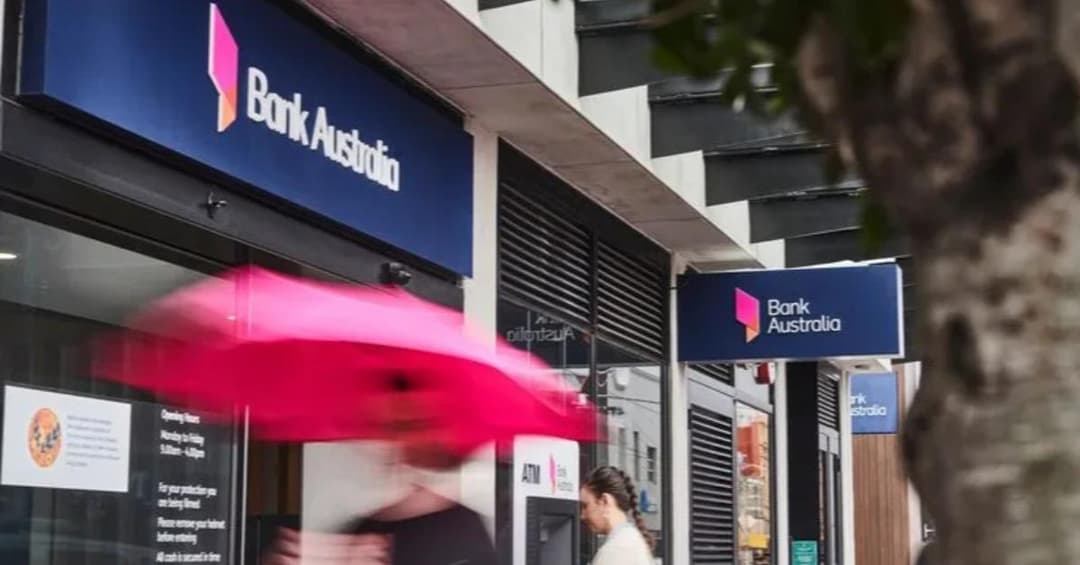
A Line in the Sand: No More New Fossil Fuel Car Loans
In a bold move aimed at accelerating the transition to electric mobility, Bank Australia will no longer provide loans for new fossil fuel-powered vehicles from 2025 onward. The bank cites a range of climate-related reasons behind the decision, reinforcing its commitment to achieving net-zero carbon emissions by 2035—one of the most aggressive targets of any Australian financial institution.
While this policy doesn't affect loans for second-hand petrol or hybrid vehicles (at least, not yet), the message is clear: The future of transportation is electric, and Bank Australia wants to drive its customers in that direction.
▶️MORE: Australia’s EV Market Set or Massive Growth in 2025
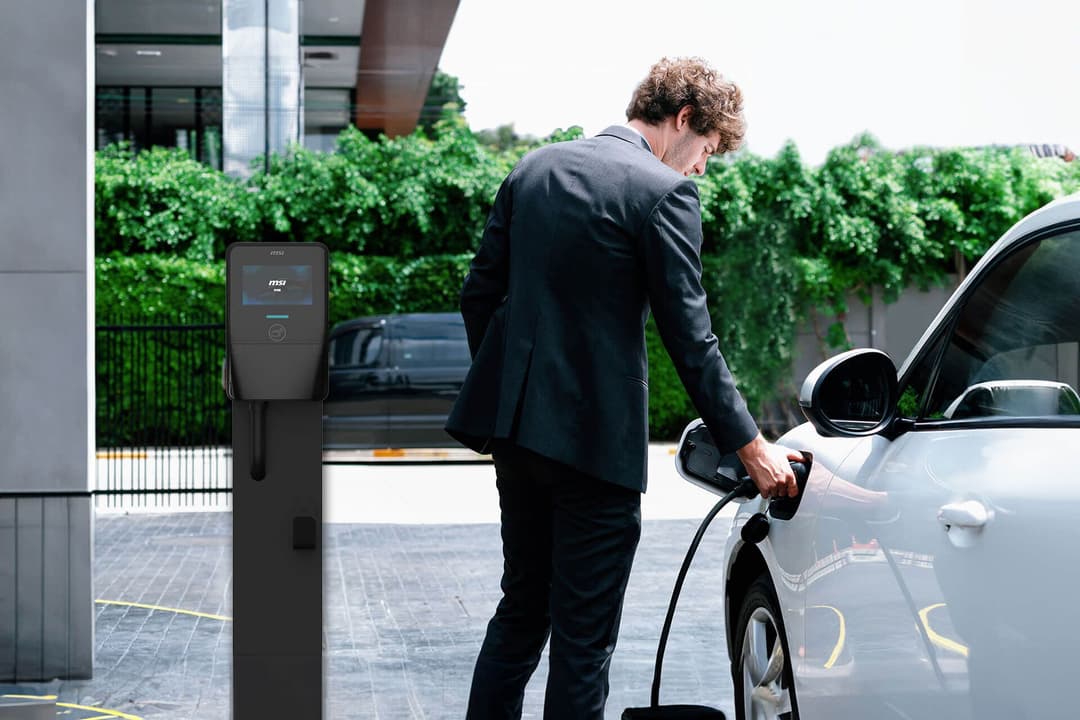
Why Is Bank Australia Making This Move?
Bank Australia isn’t just stopping fossil fuel car loans to make a statement. There are strategic and scientific reasons behind this shift, including:
1. The Role of Cars in Australia’s Carbon Emissions
Private passenger vehicles account for a staggering 42% of the country’s transport emissions, making them a major contributor to climate change. Transport emissions are also the fastest-growing source of pollution in Australia. By cutting off financial support for new petrol and diesel vehicles, the bank hopes to push consumers towards cleaner alternatives.
2. The Need for Urgent Climate Action
The global consensus is that to avoid the worst effects of climate change, the world must limit warming to below 1.5 degrees Celsius. But according to Bank Australia, waiting until 2050 is too late. The bank has set its net-zero target for 2035, and shifting its lending policies is a crucial part of making that happen.
▶️MORE: EVs and PHEVs Break New Sales Record in Australia
3. Reducing Customers’ Long-Term Costs
Beyond environmental concerns, there’s also a financial incentive for consumers. EVs generally have lower running costs compared to petrol and diesel cars, thanks to cheaper fueling and reduced maintenance. By steering customers toward electric options, Bank Australia believes it’s helping them avoid higher lifetime expenses associated with fossil-fuel vehicles.
4. Sending a Market Signal
Bank Australia chose 2025 as the cut-off date because it believes Australia’s EV transition needs to accelerate. As more affordable electric models become available and the second-hand EV market expands, the bank wants to ensure its policies align with this shift. By taking a leadership position now, it aims to encourage wider adoption of EV-friendly policies across the industry.
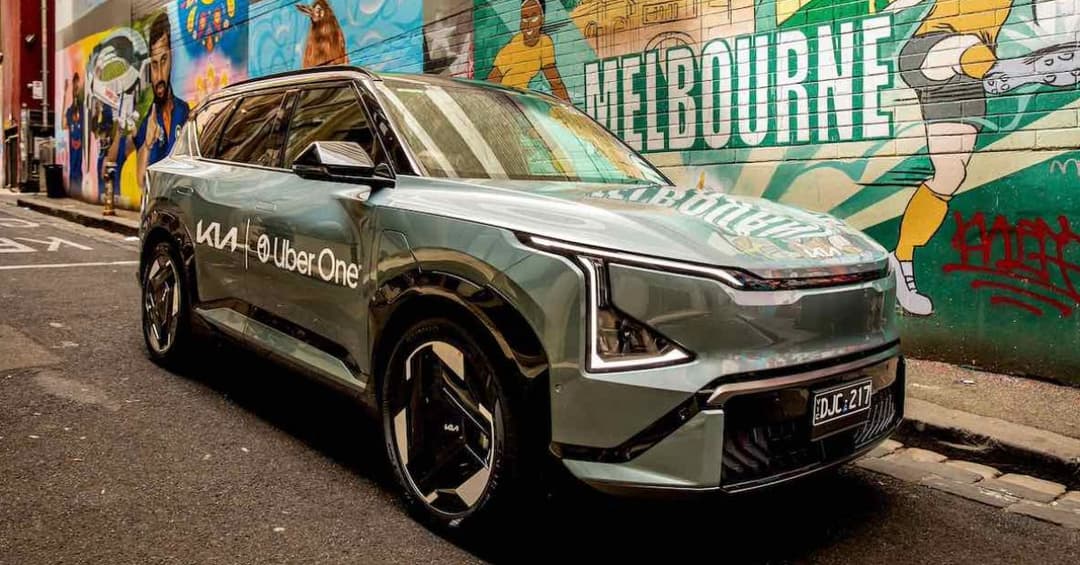
5. Reflecting Customer Priorities
Bank Australia’s customer base has been vocal about prioritising climate action. According to the bank, many of its customers choose to bank with them specifically because of their environmental stance. By aligning its lending policies with these values, the bank strengthens its reputation as a socially responsible financial institution.
▶️MORE: Electric Car FBT Exemption Explained (2025)
A Green Loan with a Price Tag
However, one issue raises eyebrows: Bank Australia’s Electric Vehicle Loan isn’t the cheapest on the market. At a fixed rate of 6.95% per annum (6.95% comparison rate), it’s more expensive than similar green car loans offered by Heritage Bank (5.69% fixed per annum, 6.04% comparison rate) and Bendigo Bank (5.49% fixed per annum, 6.2% comparison rate).
Even Commonwealth Bank has jumped into the EV finance game, offering Tesla-specific loans with a competitive 5.49% fixed rate (6.92% comparison rate). If Bank Australia truly wants to incentivize EV adoption, it may need to revisit its loan pricing strategy.
What About Second-Hand Petrol & Hybrid Cars?
For now, Bank Australia will continue to offer loans for second-hand petrol and hybrid vehicles. The rationale is that an outright ban on fossil fuel vehicle financing could leave some customers without viable transport options. However, the bank has indicated that this policy may change once the second-hand EV market matures.
This means that while Bank Australia is actively pushing for an electric future, it’s also aware that Australia’s EV infrastructure and affordability challenges still need to be addressed.
▶️MORE: Introduction to Electric Vehicles: BEV vs PHEV vs HEV
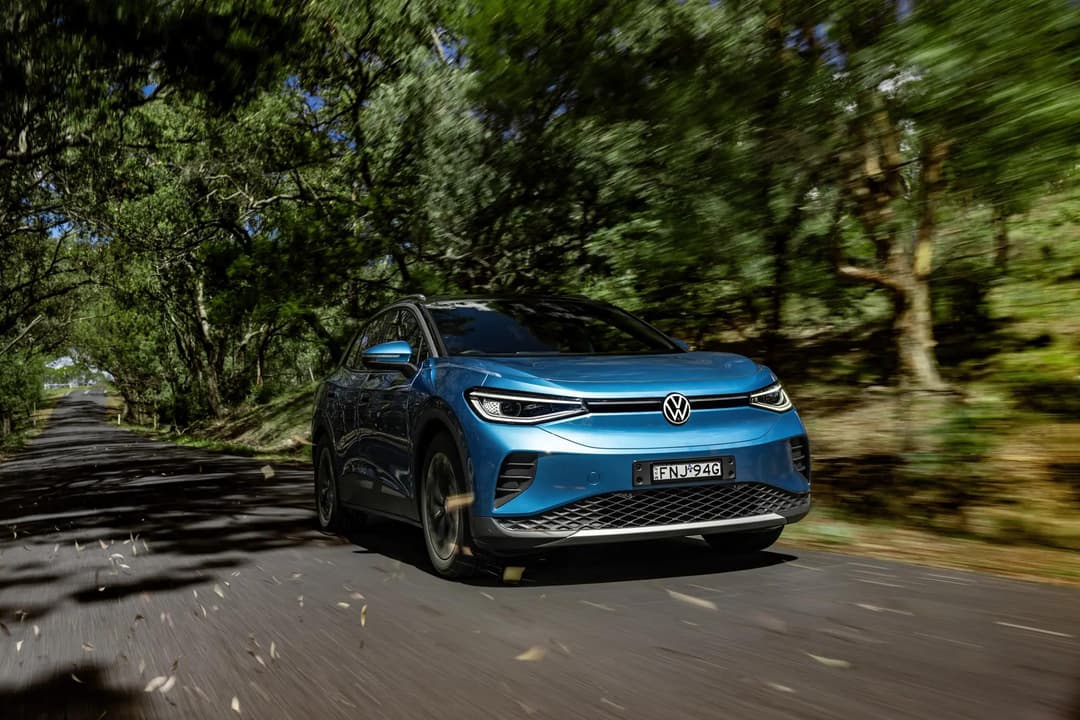
An Unapologetic Stance on Climate Action
Bank Australia’s decision to cut off funding for new fossil fuel cars isn’t just a policy change—it’s a statement. The bank has been carbon-neutral since 2011, runs on 100% renewable electricity, and has been offsetting car loans for nearly two decades. But now, it wants to move beyond offsetting and take direct action to reduce emissions at the source.
“We know that moving forward, offsetting isn't enough to take serious action on climate,” the bank states. Instead, it wants to encourage customers to make sustainable choices from the outset rather than relying on carbon offsets to “balance out” emissions.
▶️MORE: Best EV Charging Networks in Australia
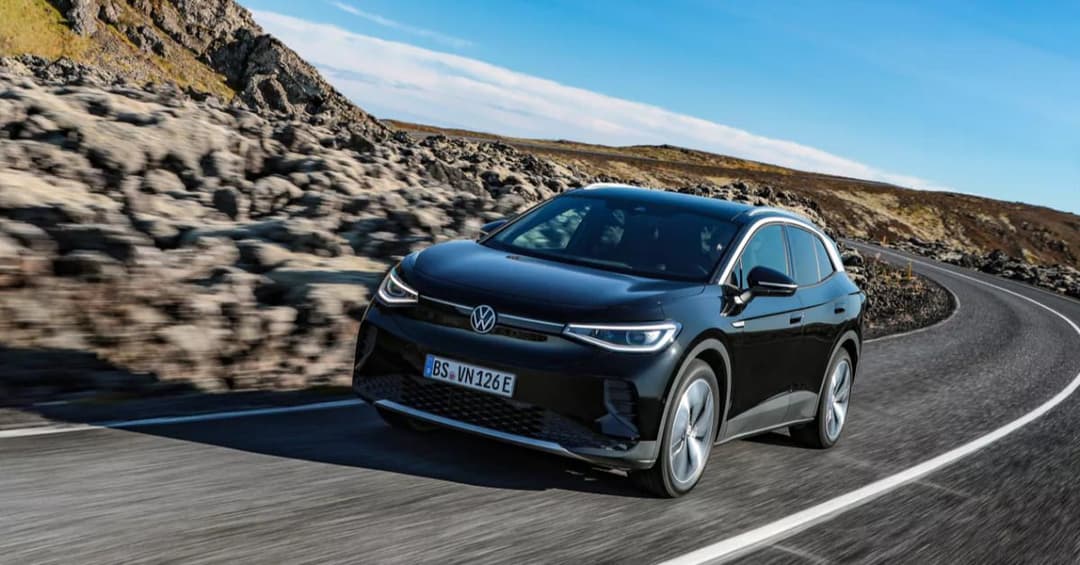
The Bigger Picture: Is This the Future of Car Loans?
With the Australian government tightening vehicle emissions standards and more financial institutions introducing green lending policies, Bank Australia’s decision could set a precedent.
Will other banks follow suit? Westpac already offers a Hybrid and Electric Car Loan, and as the EV market continues to grow, it wouldn’t be surprising to see more financial institutions adjusting their policies to align with climate goals.
▶️MORE: 5 Cheapest Electric Cars in Australia
Final Thoughts: A Necessary Push or an Overreach?
Bank Australia’s decision is a significant step toward an all-electric future, but it also presents challenges. While it reinforces the bank’s environmental leadership, the relatively high loan interest rates may deter some customers. Additionally, the availability and affordability of EVs in Australia remain key concerns.
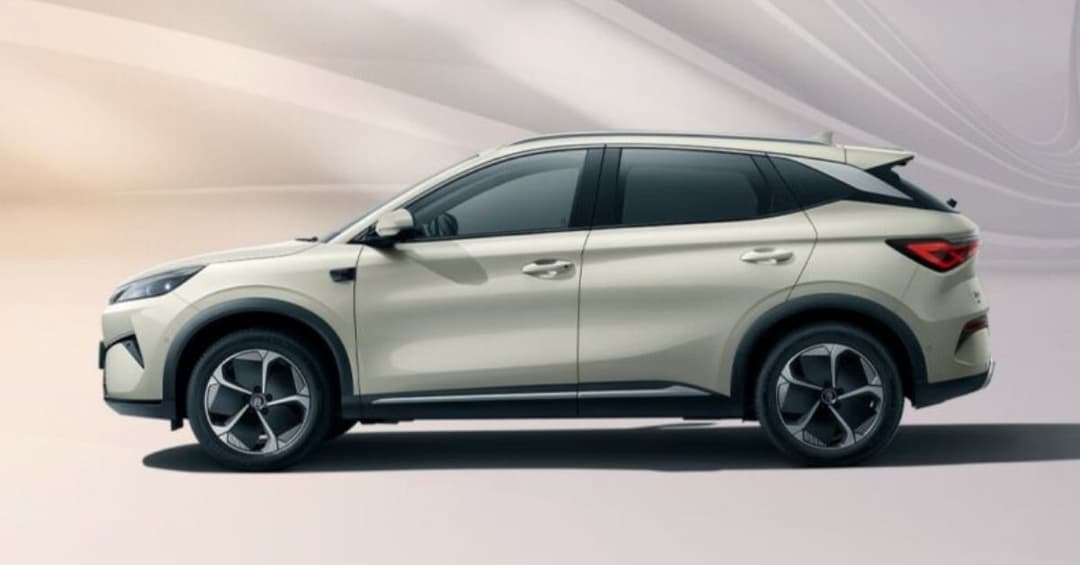
One thing is clear: The days of easy financing for petrol and diesel vehicles are numbered. As Australia marches toward an EV-dominated future, financial institutions will play an increasingly important role in shaping the market. Whether you agree with Bank Australia’s approach or not, there’s no denying that it’s putting its money where its mouth is.
➡️ Every Electric Car Eligible for Federal and State-based EV incentives
For those considering their next car purchase, the message is clear—if you’re planning to take out a new loan, it might be time to start thinking electric.
Stay up to date with the latest EV news
- Get the latest news and update
- New EV model releases
- Get money savings-deal
